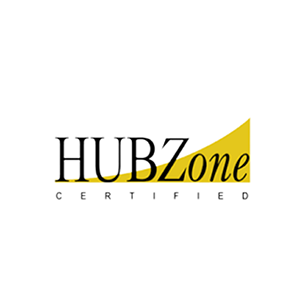
Today we are diving headfirst into the world of cold plunges – not just for the sake of relaxation, but for the elusive pursuit of better sleep. Research suggests that these seemingly unconventional practices might just hold the key to unlocking a more restful slumber.
Recent studies have shown that cold plunges can lead to subjective improvements in sleep quality. According to Google Trends data:
- Searches for “Cold Plunge” were up 299 percent in 2023.
- “Cold shower before bed” searches were up 80 percent over the past year.
Defining a Cold Plunge
Cold plunging offers numerous long-term benefits despite the initial shock of plunging into chilly waters.
When you take a cold shower or dip into a cold plunge, your body’s temperature experiences a significant drop. This decrease signals the release of chemicals like melatonin, which researchers believe plays a crucial role in inducing sleep. Melatonin responds specifically to sharp decreases in core body temperature, which is why some advocate for cold therapy before bedtime as a potential aid for better sleep.
Moreover, cold therapy, including ice baths and cold showers, has been shown to soothe inflammation by triggering vasoconstriction and reducing blood flow to inflamed areas. This anti-inflammatory effect, while not directly impacting sleep quality, contributes to physical relaxation. By alleviating discomfort and creating a more tranquil sleep environment, it may indirectly promote a more restful night’s sleep.
Incorporating Cold Plunges
Begin by seeking guidance from a knowledgeable professional, such as a sports medicine specialist, to ensure you approach cold plunging correctly and adhere to the appropriate protocol. If you have risk factors related to cardiovascular disease, such as high blood pressure, it’s essential to consult with your primary care provider or cardiologist to confirm that cold plunging is safe for you.
Incorporating cold plunges into your daily routine might indirectly contribute to improving sleep quality and syncing your circadian rhythm. If morning cold plunges don’t fit your schedule, aim to engage in cold therapy at least 1-2 hours before bedtime to avoid any short-term energizing effects that could hinder falling asleep.
It’s essential to allow time for your body’s thermostat to reach the optimal temperature for sleep. Going to bed immediately after a cold shower might not provide the ideal conditions for restful sleep, whereas waiting 1-2 hours allows your body’s temperature to stabilize, creating a conducive environment for sleep.
Maintaining a cool bedroom temperature in the 60s is crucial for quality sleep. Research indicates that temperatures outside this range can lead to restlessness and decreased sleep quality, emphasizing the importance of keeping your sleep environment comfortably cool.
Your cold plunge or shower can be brief to still yield benefits. Just 2 minutes in a cold plunge is sufficient to lower your body temperature and enjoy the sleep-enhancing effects, along with other advantages that ice baths offer. So, whether it’s a quick dip or a longer soak, embrace the chill and discover the potential for better sleep through cold therapy.
Steps to Safe Cold Plunging
- Supervision: Always have someone nearby, especially during your initial sessions or if you have health concerns. The presence of a supervisor ensures immediate assistance in case of discomfort or health issues.
- Breathing Techniques: Focus on controlled, deep breathing. Cold water can trigger a shock response, leading to rapid, shallow breathing.
- Exit Strategy: Plan your exit before entering. Sudden movements upon exiting can cause dizziness or lightheadedness. Move slowly and steadily to avoid falls or injuries.
- Gradual Warming: After exiting, warm up gradually. Avoid hot showers or saunas immediately after a cold plunge, as the rapid temperature change can be stressful for the body. Instead, opt for warm clothing and a temperate environment.
- Hydration and Nutrition: Ensure you are well-hydrated and have eaten adequately before a cold plunge. Low blood sugar or dehydration can amplify the shock to your system and increase the risk of fainting or dizziness.
- Monitoring Body Responses: Pay attention to how your body reacts both during and after the plunge. Symptoms like excessive shivering, numbness, or disorientation are signs to stop immediately and seek warmth. Regularly monitor your responses to adjust durations and temperatures appropriately.
- Safe Plunge Area: Ensure the plunge pool or tub is in a safe condition. The area should be free of slip hazards, and the water should be clean and free of contaminants. If using natural bodies of water, be aware of currents, depth, and wildlife.
- Emergency Plan: Have an emergency plan in place, particularly when using natural water sources. Know the location of safety equipment and the nearest medical facility, and ensure someone is always aware of your plunge location and timing.
Again, starting with your healthcare provider will determine if cold plunging is the right choice. But if you begin to cold plunge and you still have issues with sleeping at night, connect with the Alaska Sleep Clinic for a free consultation.










